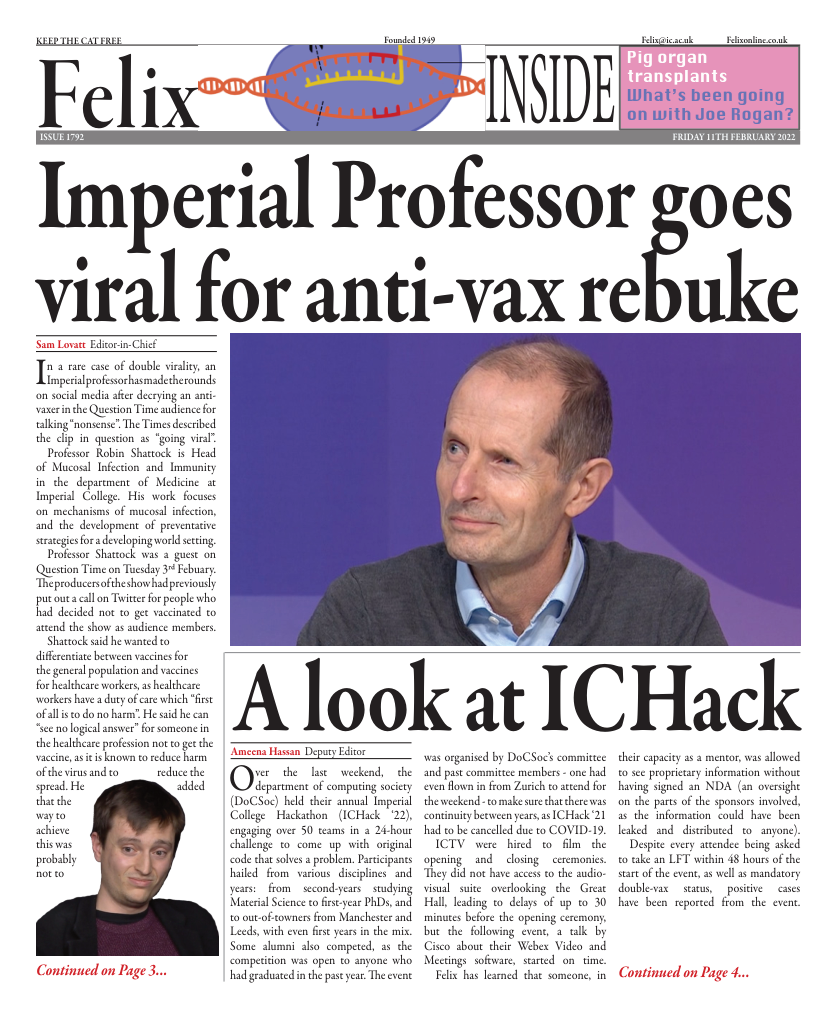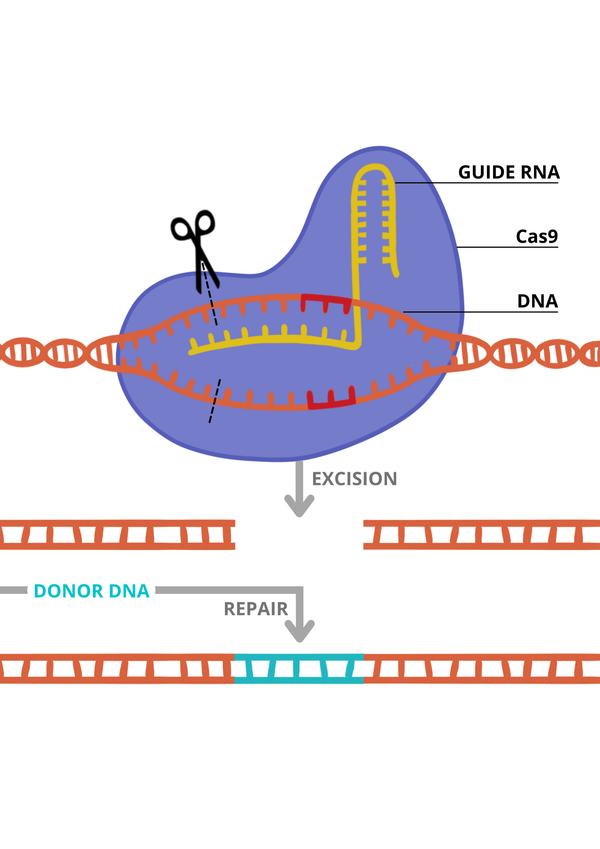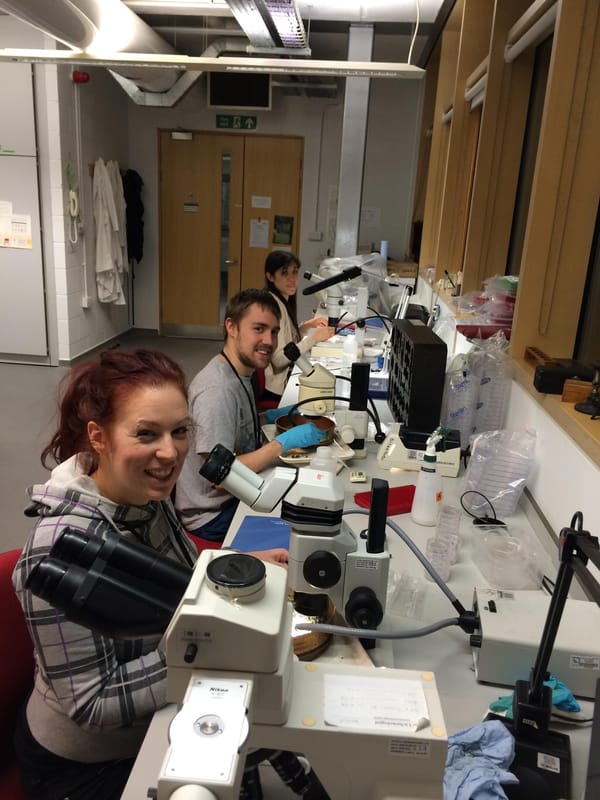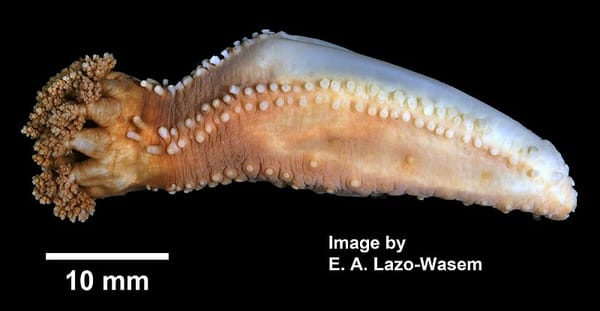Applications of medical engineering to diagnose and treat metastatic cancers
Researchers aim to use spinal implants to protect against cancer induced spinal fractures
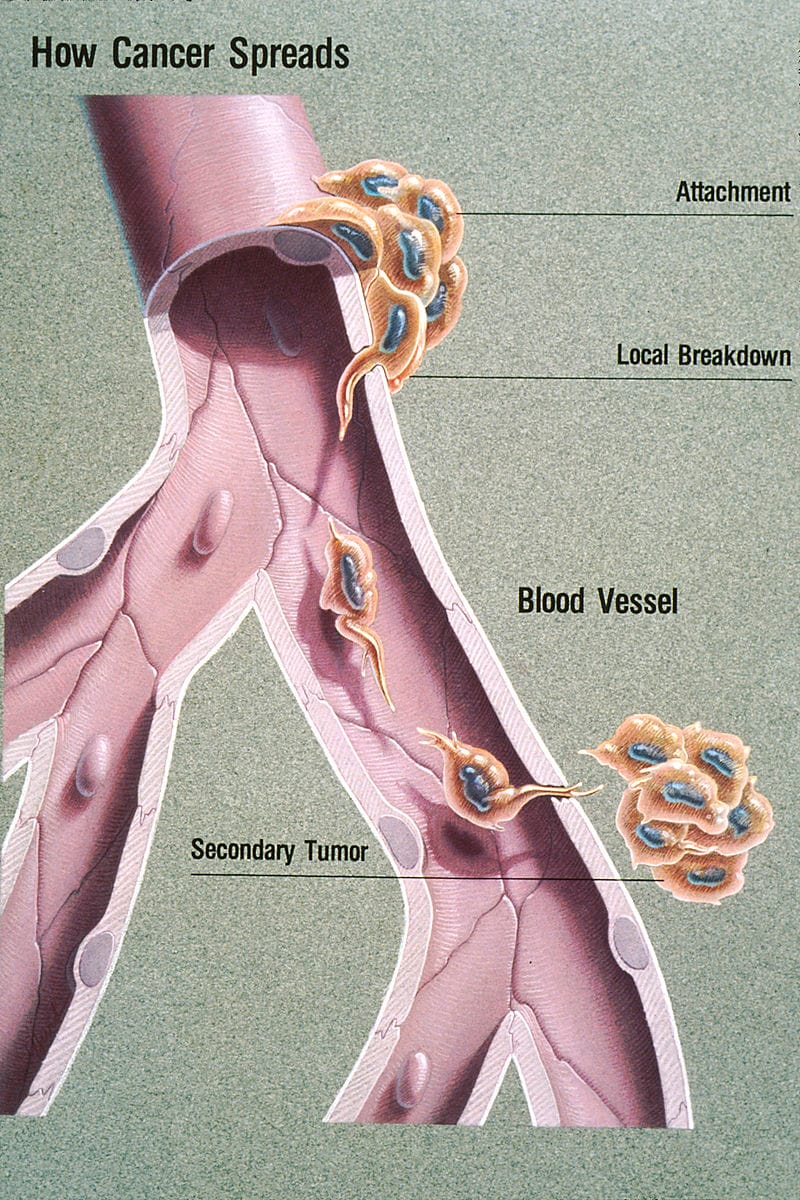
Bone metastasis is a complication of cancer which causes weak bones and fractures. A team of researchers from Imperial College London, University College London, and the University of Leeds are developing imaging techniques to ascertain the point at which bones in the spine will fracture. To prevent such fractures, they are exploring the use of implants made from metamaterials to support the weakened bone.
Cancer cells can move throughout the body via the bloodstream. This often results in further complications away from the primary site of cancer. When these cancer cells spread to a different part of the body, the cancer is said to have metastasised. Breast cancer is commonly known to metastasise, with 20-30% of patients suffering from this condition. Bone metastasis occurs when cancer spreads from the originally afflicted site to the bone, forming a secondary tumour. Consequently, the patient’s bones are weakened and are at risk of breaking. Fractures can eventually be induced by physical trauma, or fractures can naturally occur as patients go about their routine activities.
The team’s research focuses on bone metastasis in the spine. The spine comprises 33 stacked vertebrae. The researchers will be using advanced computational modelling to calculate the strength of vertebrae at various targeted locations. These predicted values are compared to the actual forces on the spine, to determine the likelihood of fracture. “The problem doctors face is that they have no way of knowing which of the spinal vertebrae is going to collapse. If, or when, that happens, patients may require major surgery which involves a lengthy period of rehabilitation,” said Professor Richard Hall, the lead researcher and Professor of Mechanical Engineering at the University of Leeds. This knowledge gap highlights the urgent need for methods to accurately identify the vertebrae at risk of fracturing.
Another objective of the investigation is to design implants made from metamaterials to prevent the patients’ bones from fracturing. A metamaterial is a material that has been modified to have properties that are not naturally found in the material. For example, the metamaterial could harden when subjected to stress. This property would enhance the implant’s capacity to strengthen weak bones. The researchers are investigating the medical applications of structural metamaterials which are commonly used in the aerospace industry. A historical example of this is in the titanium alloy, Ti-6Al-4V. Ti-6Al-4V was discovered to be suitable to make implants, as its elastic modulus is comparable to that of cortical bones – the type of bone that makes up 80% of the skeleton. In the aerospace industry, Ti- 6AL-4V is used in compressor blades and casings because of its resistance to fatigue. Alongside the investigations into structural metamaterials, the Advanced Manufacturing Group at Imperial’s Dyson School of Design Engineering is designing a 3D printer that can accurately print unique implants for each patient.
Recovery from spinal fracture typically takes weeks or months, because invasive surgery is required. However, the researchers aim to reduce the recuperation period when an implant is inserted to support the weakened bone. A key-hole surgery will need to be carried out to introduce the implant at the identified site. This procedure is minimally invasive as only small cuts of about half an inch will have to be made, instead of a larger incision. Such an approach is advantageous, as the patients are predicted to recover from the surgery within days.
Bone fracture due to metastasis can have devastating impacts on cancer patients. A fracture in the spine can cause spinal cord injury which may then result in paralysis. Patients often experience pain that becomes exacerbated with bed rest. The grim reality is that cancer becomes increasingly difficult to cure once it has metastasised. Hopefully, more cancer patients will at least be able to live more comfortable lives, with reduced risk of bone fracture, when this innovative technology is accepted and rolled out on a large scale.

